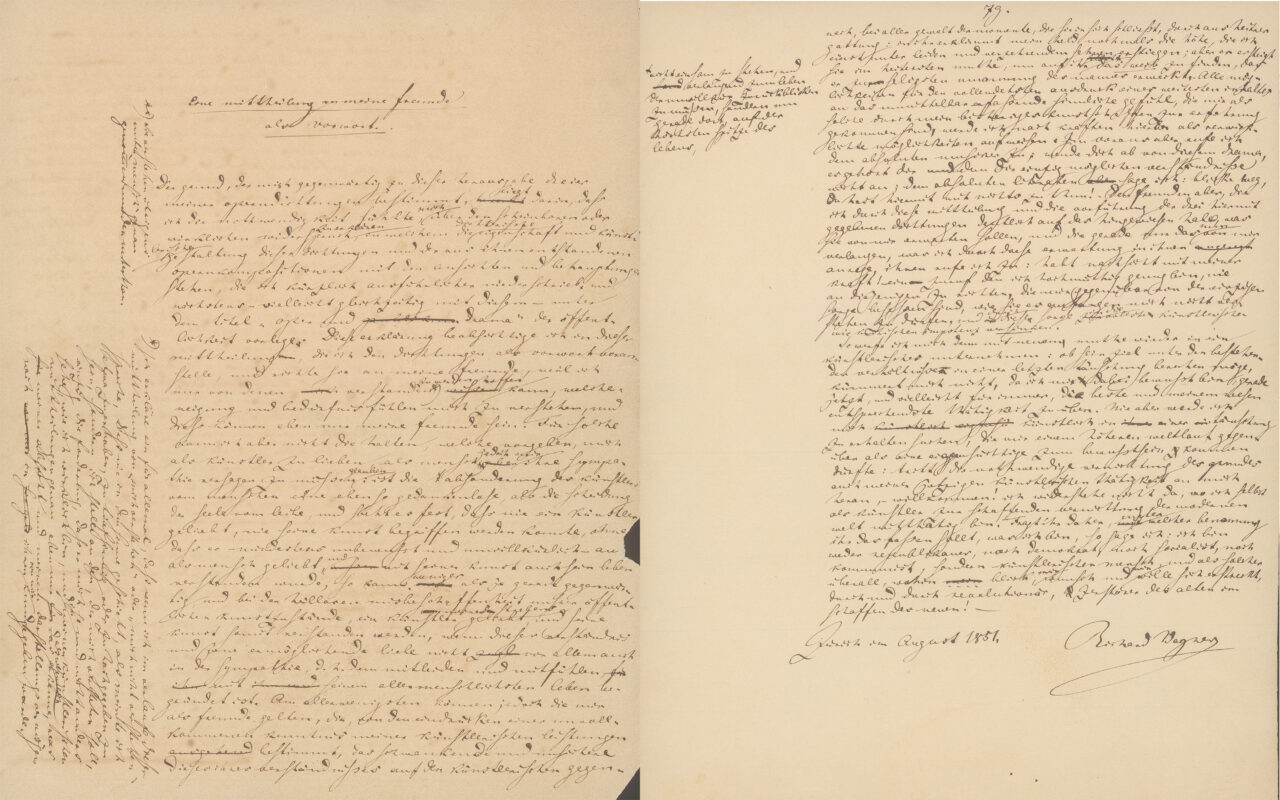Children's choirs form fewer aerosols
A team from Charité and the Technical University of Berlin have conducted a study to investigate the potential aerogenic transmission of the virus when children sing. The results could help to specify hygiene measures for music lessons.

According to Dirk Mürbe, Director of the Department of Audiology and Phoniatrics at Charité, the results show that aerosol emissions are also significantly higher in children when singing than when speaking, but vary greatly and are well below the emissions of adults. The results of this study will be used to specify the hygiene concepts for singing in schools and extracurricular activities and thus make it possible for children and youth choirs to sing again under certain conditions.
Four boys and four girls from the Berlin State and Cathedral Choir and the Girls' Choir of the Singakademie Berlin, who had many years of experience in children's choirs, took part in the study. The tests were carried out in the research clean room of the Hermann Rietschel Institute. The children completed various test tasks, using a laser particle counter to determine the number of aerosols formed in the size range from 0.3 to 25 micrometers.
Preprint of the study:
https://www.medrxiv.org/content/10.1101/2020.09.17.20196733v1







